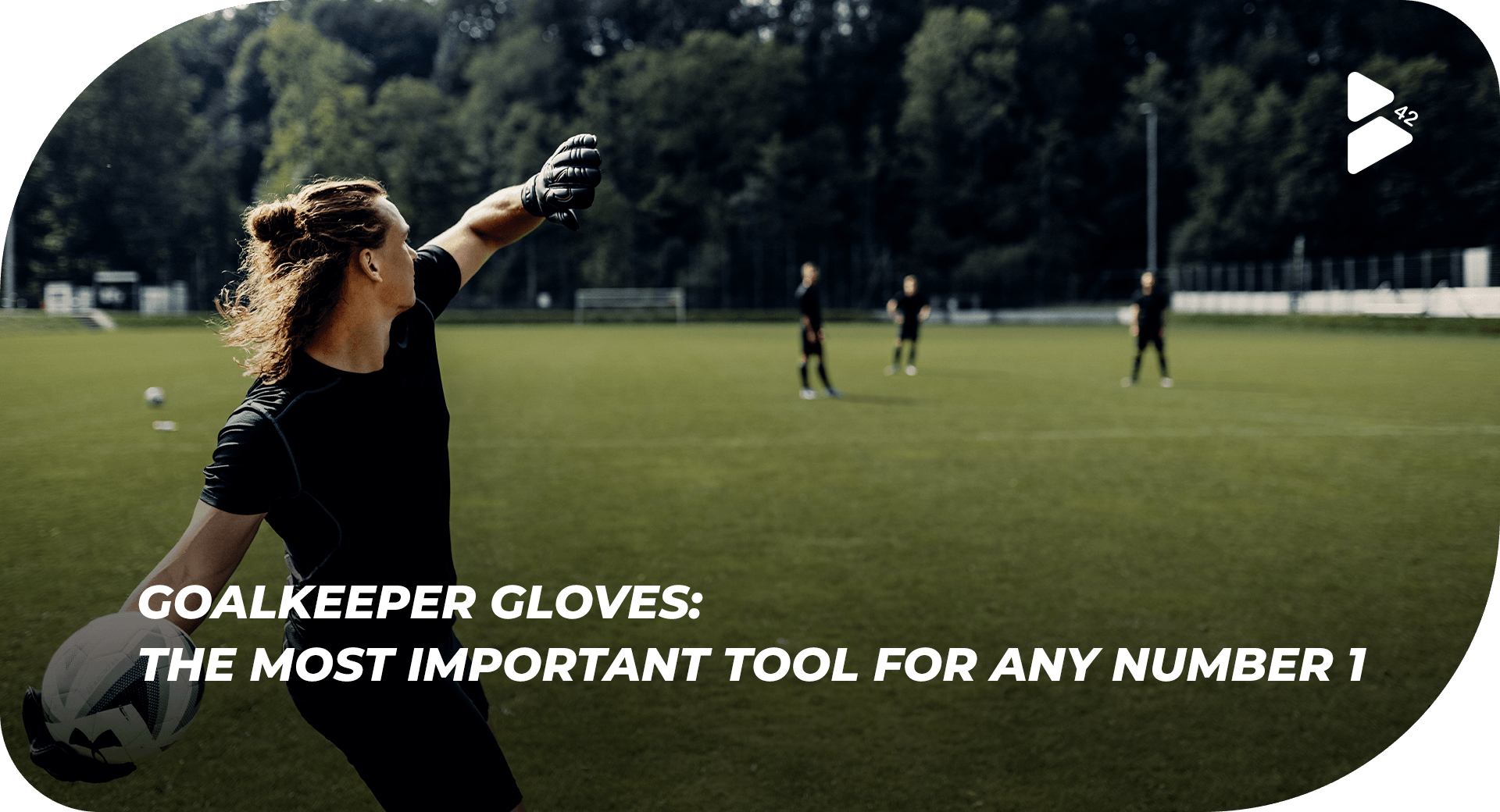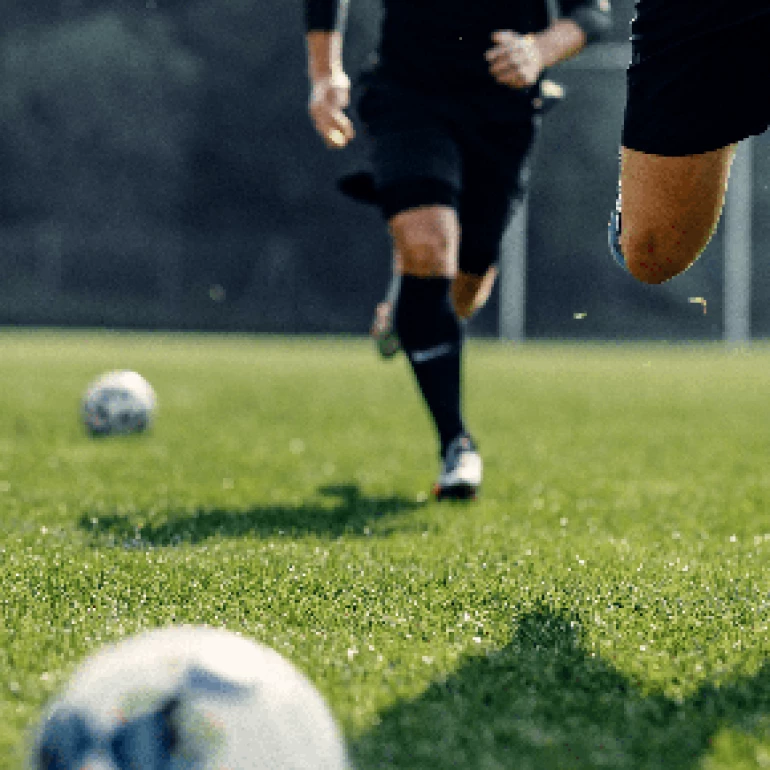Miracle of Bern keeper Toni Turek did it without. Century goalkeeper Lev Jaschin preferred leather. Nuremberg goalkeeping legend Heiner Stuhlfauth liked to wear coarse wool, especially in the rain. England's Gordon Banks had it specially made for the first time for the 1970 World Cup. And Germany's goalkeeping icon Sepp Maier pushed ahead with their development: goalkeeper gloves. Once a daring experiment, nowadays perfected down to the last detail. Just imagine Manuel Neuer defusing a Cristiano Ronaldo free kick with his bare hands! Unthinkable. Instead, the greatest of their guild wear custom-made products from various manufacturers. These in turn advertise with the faces of their figureheads. But what actually makes a good goalkeeper's glove? What are its strengths and weaknesses?
What are the best goalkeeper gloves?
Manuel Neuer, for example, is currently using the Adidas Predator model. Here, the palm is made of latex. This provides a good grip and increases durability in different weather conditions. At the wrist is a slit closure, which should provide more freedom of movement. Neuer's German national team colleague Marc-André ter Stegen also runs with goalkeeper gloves from Adidas. Dortmund's Roman Bürki and Liverpool's Alisson Becker, on the other hand, swear by Nike. In the latest model, the manufacturer advertises a special technology in which the inside of the thumb, index finger and little finger are coated with foam to provide a firmer grip. Friederike Abt from the women's Bundesliga team VfL Wolfsburg, on the other hand, plays with a model from T1TAN. Here, the backhand has a mixture of the materials neoprene, mechano and silicone. This combination is intended to increase wearing comfort and make the goalkeeper gloves lighter. Slovenia's national goalkeeper Jan Oblak of Atlético Madrid is currently the face of Puma. The German sporting goods manufacturer is touting the breathability of its gloves.
Fit and feel are key
Other goalkeepers are not so stuck in their choice of equipment. Peter Gulacsi of RB Leipzig, for example, switches between Adidas and Uhlsport - one of the pioneers in goalkeeper gloves. Timo Horn of 1. FC Köln favors Puma or Nike. Ultimately, there is an endless choice of goalkeeper gloves. Also Reusch, Erima, Jako and many other manufacturers offer the tools for the goalkeeper. You can choose the model of your favorite keeper, or focus on workmanship, material, grip or fit. Regardless of which brand you end up with, the glove should feel good and, above all, fit.
Differences in workmanship
For the most part, the modern goalkeeper glove consists of adhesive foam for padding, a natural latex mixture or polyethylene for grip and usually - but not necessarily - a Velcro closure around the wrist. The various models differ in terms of cut. The most important factor is how the adhesive foam is sewn to the material of the backhand. There are three basic variants. With the positive cut, the adhesive foam is sewn from the outside, so that the seam is visible when looking at the catch surface. The reverse is true for the negative cut. The seam is located on the inside of the goalkeeper glove and therefore does not come into direct contact with the ball when catching it. Compared to the negative cut, the catching area is smaller, but the glove usually fits tighter, which can improve the feel for the ball. The third processing option is the so-called roll finger. In this cut, which is primarily used in Great Britain, the adhesive foam is rolled around the finger and then sewn to the outer material.
Fingersave: Yes or No?
An additional feature that goalkeeper gloves can have in this day and age is the so-called Fingersave. As the name suggests, it is about the reinforced protection of the fingers. If the glove contains a Fingersave, elements are incorporated to prevent the fingers from bending backwards. With the exception of the thumb. In most goalkeeper gloves, the elements can be easily removed, so that the decision whether finger protection or not is not final. However, if you feel insecure or your fingers are susceptible to injury, a fingersave is advisable. Experienced goalkeepers like to do without it, because they feel more flexibility or mobility. The protection system is also not always recommended for younger keepers or children. On the contrary, if the fingersave system shifts, this increases the risk of injury. And the system can also be a hindrance when learning the technique, as the little ones develop less strength and stability in their fingers. Ultimately, the same applies here: the glove must feel good. If it makes the child feel safer, why not? However, parents should not insist on this under any circumstances.
Goalkeeper gloves for children
More essential in the choice of goalkeeper gloves for the child are other things: on the one hand, of course, the fit. The glove should not slip in any case. For this, the Velcro strap around the wrist is a great help. Even if this is actually much too long, you can pull the gloves tight because of the long closure area. The closure should enclose the entire wrist and the Velcro should fit tightly. In contrast to this is the freedom of movement. This is of course not so easy with adolescents, since the size of the hands also still changes quickly. A rule of thumb is the width of the hand. To do this, measure the distance slightly below the little finger and the index finger when they are spread apart. In general, it can be said that the goalkeeper gloves for your children should rather be bought too large, but the protrusion on the fingers should be a maximum of two joints of the child's little finger. That the glove still fits well, in turn, takes care of the closure. The most important thing in any case is that the kids feel comfortable with the tool. Because, if the little ones have the feeling to hold more balls with their new goalkeeper gloves, this increases the self-confidence and thus also the fun factor.
Care and handling of goalkeeper gloves
Once the right goalkeeper gloves are found for the child, the lady or the gentleman, it is of course important to use them as long as possible. This is where proper care comes into play. Before the first use, the tools should be washed. The best way to do this is to put the gloves in a cloth bag and put them in the machine on a gentle cycle at low heat (30 degrees). Spinning should be avoided at all costs. To dry, stuff the gloves with newspaper. Never use the tumble dryer! Hanging them in the sun is also not a good idea. This can damage the coating. Before the emergency, the gloves are then moistened again. To do this, the good pieces can be held under running water. The important thing here is that the water runs over the coating. The pros often take a wet towel with them into the goal. The whole thing increases the grip of the adhesive foam. For the same reason, goalkeepers are occasionally observed spitting into their equipment.
We hope we could give some helpful tips for the purchase and handling of goalkeeper gloves. Now nothing stands in the way of training.




